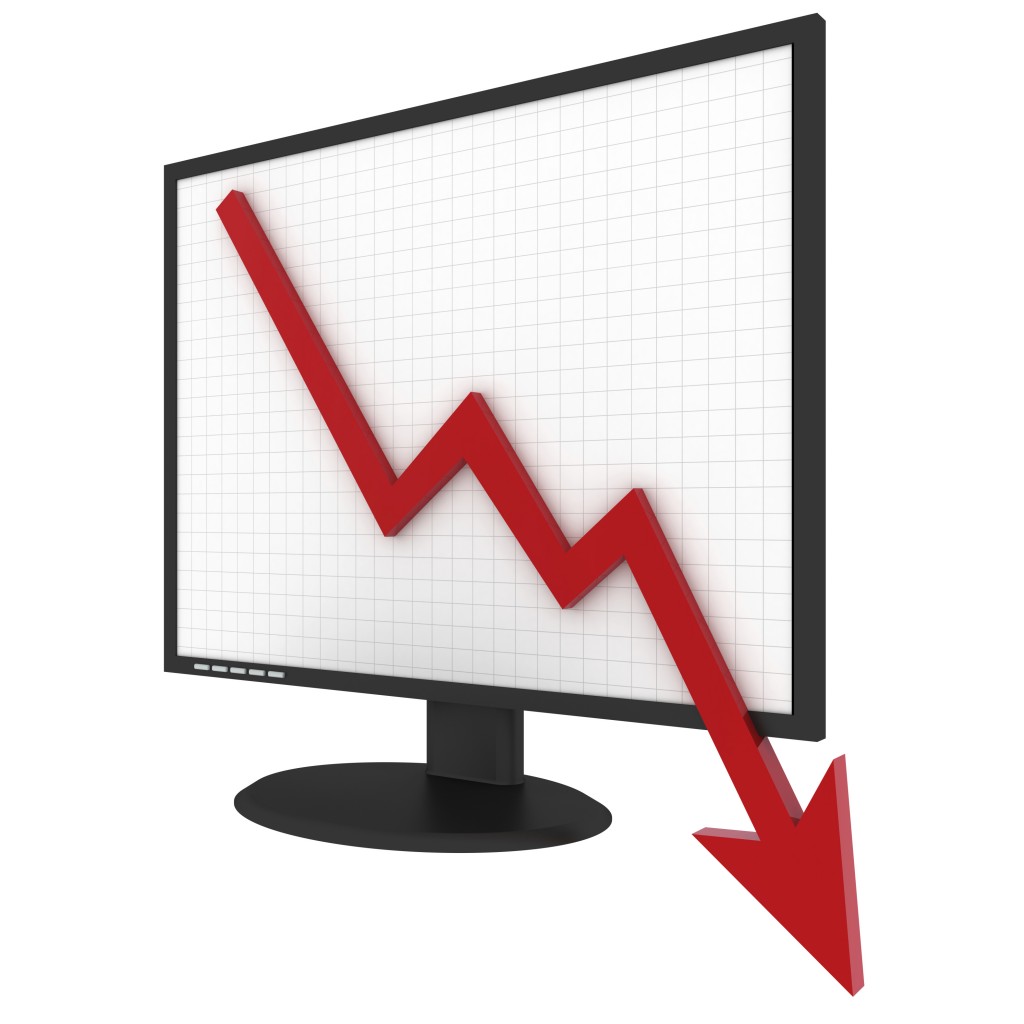Cursed dividend stocks
Stocks tend to underperform for at least a year after dividend cuts
Advertisement
Stocks tend to underperform for at least a year after dividend cuts

| Name | Price | P/B | P/E | Earnings Yield | Dividend Yield |
|---|---|---|---|---|---|
| Canadian Oil Sands (COS) | $21.48 | 2.18 | 13.26 | 7.54% | 6.52% |
| BCE (BCE) | $48.34 | 3.36 | 18.24 | 5.48% | 5.11% |
| Rogers (RCI.B) | $44.89 | 4.51 | 15.43 | 6.48% | 4.08% |
| Potash Corp (POT) | $38.06 | 3.31 | 21.61 | 4.63% | 4.08% |
| Shaw (SJR.B) | $27.94 | 2.77 | 16.63 | 6.01% | 3.94% |
| TELUS (T) | $39.72 | 3 | 17.58 | 5.69% | 3.83% |
| CIBC (CM) | $106.80 | 2.48 | 13.48 | 7.42% | 3.75% |
| Fortis (FTS) | $34.34 | 1.51 | 21.6 | 4.63% | 3.73% |
| Bank of Montreal (BMO) | $84.60 | 1.81 | 13.04 | 7.67% | 3.69% |
| Husky Energy (HSE) | $32.62 | 1.57 | 16.31 | 6.13% | 3.68% |
Share this article Share on Facebook Share on Twitter Share on Linkedin Share on Reddit Share on Email